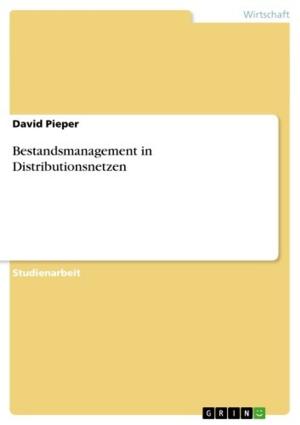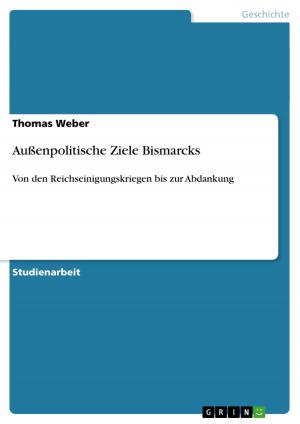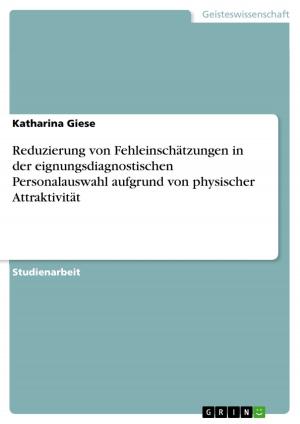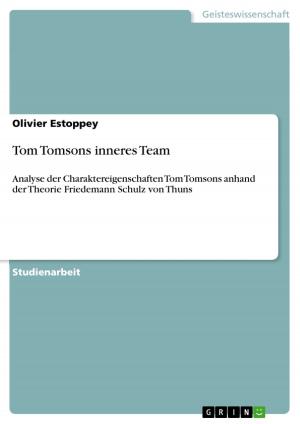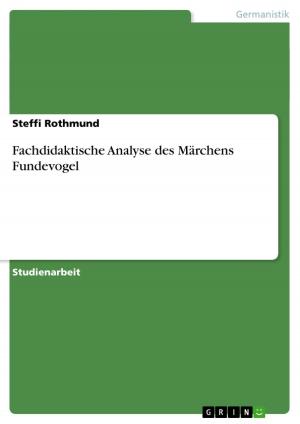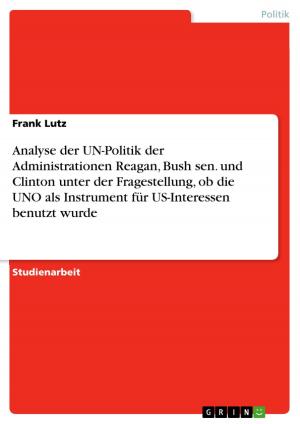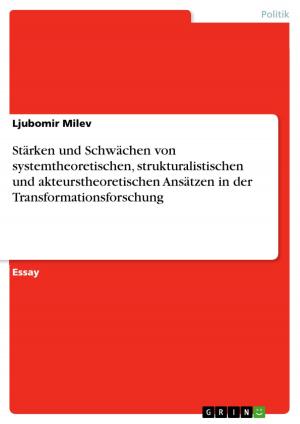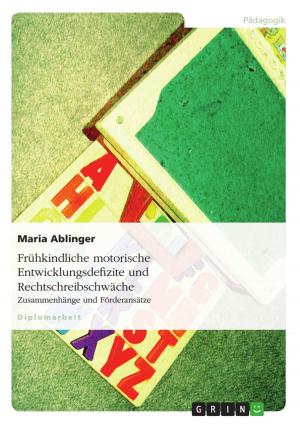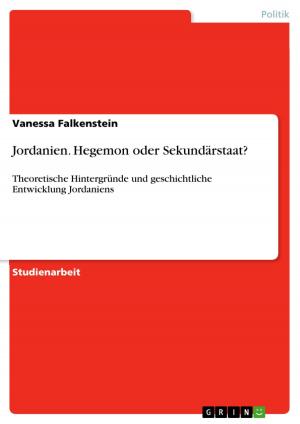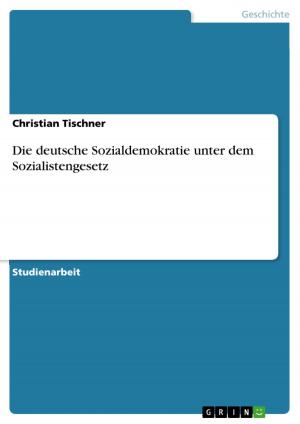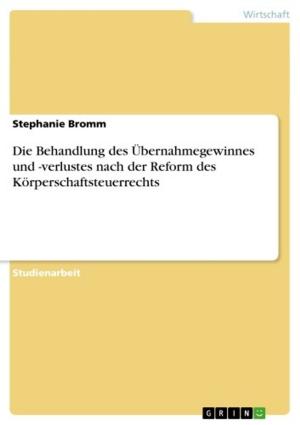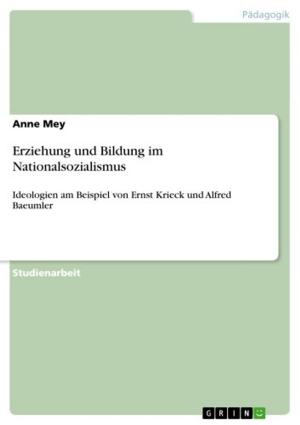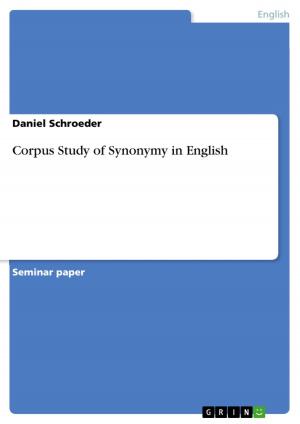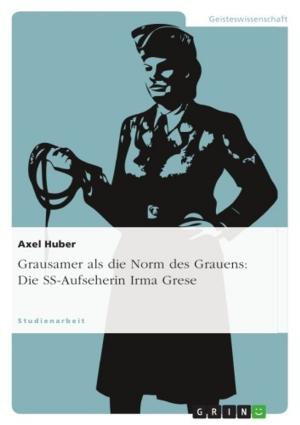The prevalence of, and motivation for, mass building supplement use among teenage males
Nonfiction, Health & Well Being, Psychology, Personality| Author: | Gary Elliott | ISBN: | 9783656008897 |
| Publisher: | GRIN Verlag | Publication: | September 16, 2011 |
| Imprint: | GRIN Verlag | Language: | English |
| Author: | Gary Elliott |
| ISBN: | 9783656008897 |
| Publisher: | GRIN Verlag |
| Publication: | September 16, 2011 |
| Imprint: | GRIN Verlag |
| Language: | English |
Master's Thesis from the year 2010 in the subject Psychology - Personality Psychology, Atlantic International University, language: English, abstract: The main objective of this study was to gather information from South African teenagers as to the prevalence of, and motivation for, the use of mass building supplements. In addition to gathering information pertaining to the frequency of use, the favoured brand of supplement and the type of supplements used by teenagers; the study also focused on attempting to identify an 'at risk' age for the commencement of supplement use. The motivation for the use of mass building supplements was integral in the formulation of the hypothesis; that body dissatisfaction was the primary motivation more than increased sporting prowess for the use of supplements. Gathering of quantitative data took the form of a structured questionnaire comprising three distinct sections. The first section gathered demographic information on age, grade, race and sporting involvement. The second section focused attention on body image questions and contained three components. In the first component the respondents were asked to rate their level of 'body satisfaction' using a Likert-type scale for various aspects of their physique. The second component focused on their 'thoughts' about their body and the last component focused on the level of 'appearance importance' of the respondents. This section of the questionnaire utilized analysis tables generated originally by Thomas F Cash. The third section focused on gathering information in relation to the level, frequency and descriptions of mass building supplement use among the respondents. The questionnaire was administered to Grade 8 - 12 learners (aged 12-19years old) of a Boys' School in Pretoria, South Africa. The sample group was randomly selected and yielded 176 completed or partially completed questionnaires. Data was entered into the Moon Stats statistical programme for analysis; affording the opportunity to generate univariate and bivariate statistics along with calculations of Pearson's product-moment correlations.
Master's Thesis from the year 2010 in the subject Psychology - Personality Psychology, Atlantic International University, language: English, abstract: The main objective of this study was to gather information from South African teenagers as to the prevalence of, and motivation for, the use of mass building supplements. In addition to gathering information pertaining to the frequency of use, the favoured brand of supplement and the type of supplements used by teenagers; the study also focused on attempting to identify an 'at risk' age for the commencement of supplement use. The motivation for the use of mass building supplements was integral in the formulation of the hypothesis; that body dissatisfaction was the primary motivation more than increased sporting prowess for the use of supplements. Gathering of quantitative data took the form of a structured questionnaire comprising three distinct sections. The first section gathered demographic information on age, grade, race and sporting involvement. The second section focused attention on body image questions and contained three components. In the first component the respondents were asked to rate their level of 'body satisfaction' using a Likert-type scale for various aspects of their physique. The second component focused on their 'thoughts' about their body and the last component focused on the level of 'appearance importance' of the respondents. This section of the questionnaire utilized analysis tables generated originally by Thomas F Cash. The third section focused on gathering information in relation to the level, frequency and descriptions of mass building supplement use among the respondents. The questionnaire was administered to Grade 8 - 12 learners (aged 12-19years old) of a Boys' School in Pretoria, South Africa. The sample group was randomly selected and yielded 176 completed or partially completed questionnaires. Data was entered into the Moon Stats statistical programme for analysis; affording the opportunity to generate univariate and bivariate statistics along with calculations of Pearson's product-moment correlations.

